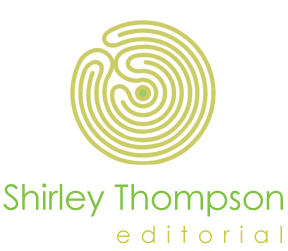Long Form Documentary Editing Workflow I – Organizing Your Project, Bins & Clips
Recently a colleague who was setting up his first long-form documentary project asked for advice about how to best organize his footage. Specifically, he asked, “How do you/and your editor review and log the observational footage and determine what is relevant? How do you organize your selects inside FCP? (By scenes, events, themes?) Any red flags to be aware of that might bite me in the rear 9 months from now?”
I loved his last question…it really cuts to the heart of the matter. A recent informal survey I conducted among a few filmmaker colleagues revealed that most long form docs are edited over 4 months, many over a year and some over as long as 5 years. How do you create a system that allows you to be able to find that one favorite soundbite or image on the last week of the edit as easily as you found it on the day you logged it?
Here were my recommendations to him…what would you add to this list of things to consider?
In response to his first question, I think the director has to look at everything and determine what is relevant. How does the material “hit” you…how strong is it and to the point of your subject? As editor, I rarely see 100% of the footage (there usually just isn’t enough money or time…although by the end of the edit, I’ve often seen most of it…it depends how much footage we are talking about). Often I’ll ask the director to start off by just showing me their “star” takes…or the best 30 – 40% of the footage. But sometimes a director will want to screen whole interviews with me…this is really a time/money issue.


